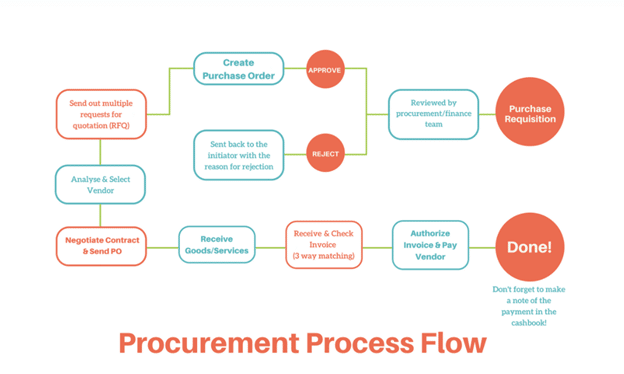Purchase order processes: common issues and best practices
If you’re in charge of procurement for your company, you know that purchase orders (POs) are a necessary part of doing business. POs help ensure that both parties involved in a transaction understand the terms of the sale, and they provide a legal record of the agreement.
However, POs can also be a source of friction between buyers and sellers. In this post, we’ll explore some common issues with PO processes and offer some best practices to help streamline your own PO process.

One common issue with POs is mismatched expectations. For example, the buyer may expect immediate delivery after placing an order, while the seller may have quoted a longer lead time in their proposal. Misaligned expectations like these can often be avoided by communicating more clearly and frequently with your trading partners within Leeds.
Another issue that can arise is discrepancies between the PO and the actual products or services received. This can happen when the seller misinterprets the buyer’s specifications, or when there are errors in the PO itself. To avoid problems like this, it’s important to review POs carefully before sending them out, and to confirm that all parties involved understand the requirements clearly.
Finally, POs can sometimes get held up in internal approval processes. If your company has a complex approval process for POs, it may be helpful to streamline it or offer training to employees so that they know how to navigate it effectively.
If you’re having trouble with your purchase order process, don’t despair. By following some best practices and communicating openly with your trading partners, you can avoid many common problems. With a little effort, you can make your PO process smoother and more efficient.
Do you have any tips for streamlining the purchase order process?
One way to streamline your purchase order process is to use an electronic system instead of paper POs. This can help reduce errors and speed up the approval process. Another tip is to standardize your POs by using templates for commonly ordered items. This will save time when creating new POs and help ensure that all the necessary information is included. Finally, be sure to communicate clearly with your suppliers about lead times, delivery schedules, and any special requirements. By following these tips, you can make your purchase order process simpler and more efficient.
Do you have any questions about purchase orders?
If you have questions about purchase orders or need help streamlining your process, our team of experts can help. We offer a range of services to help companies streamline their procurement processes. Contact Leeds Apps today to learn more.
